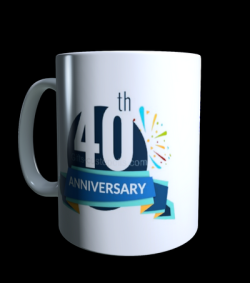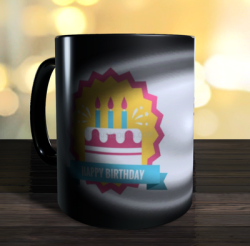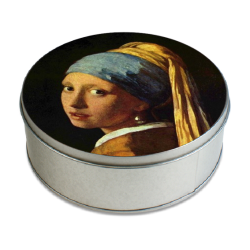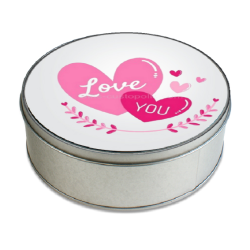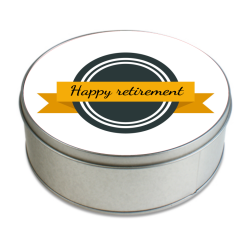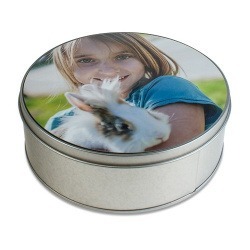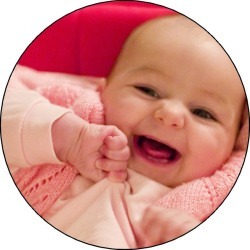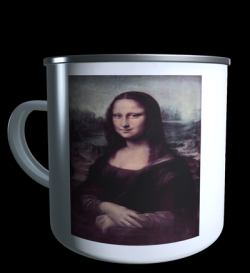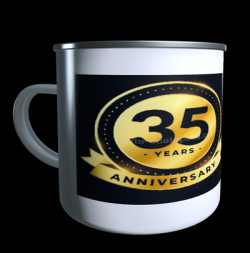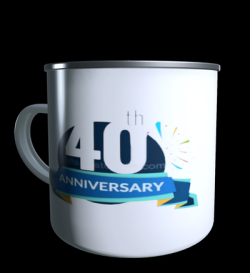White mug with label to...
History of the cup Making a mug 1) First of all, the raw material is put into a grinder and ground into a smaller, more manageable clay powder. The clay powder is combined with quartz feldspar and water in a mixer for 15 hours. 2) The refining process continues when the clay slurry is fed into moulding tubes and formed into clay balls which are cut into specific portions. The portion discs are placed in a disposable mould and take the shape of your cup. 3) After drying, the mug is removed from the mould by hand and is ready for the next step. Processing the applications, the mud handles are made in the same way as the body of the mug. 4) Once the handles have dried and been removed from the mould, they are dipped into a mixture of clay and water called slip, which acts as a glue. Now it is time to work on the details. 5) A technician carefully removes any excess clay or rough edges, removing any dust or debris and giving the cup a perfectly smooth finish. 6) It is now time to give the mugs their characteristic colour and ceramic glaze. Some mugs are dipped in a single colour glaze, the edges are padded and they are ready for the next step. Other mugs need a little more Flair. For example, a specially painted rim or a different colour on the inside than on the outside.
- Personalisable






































